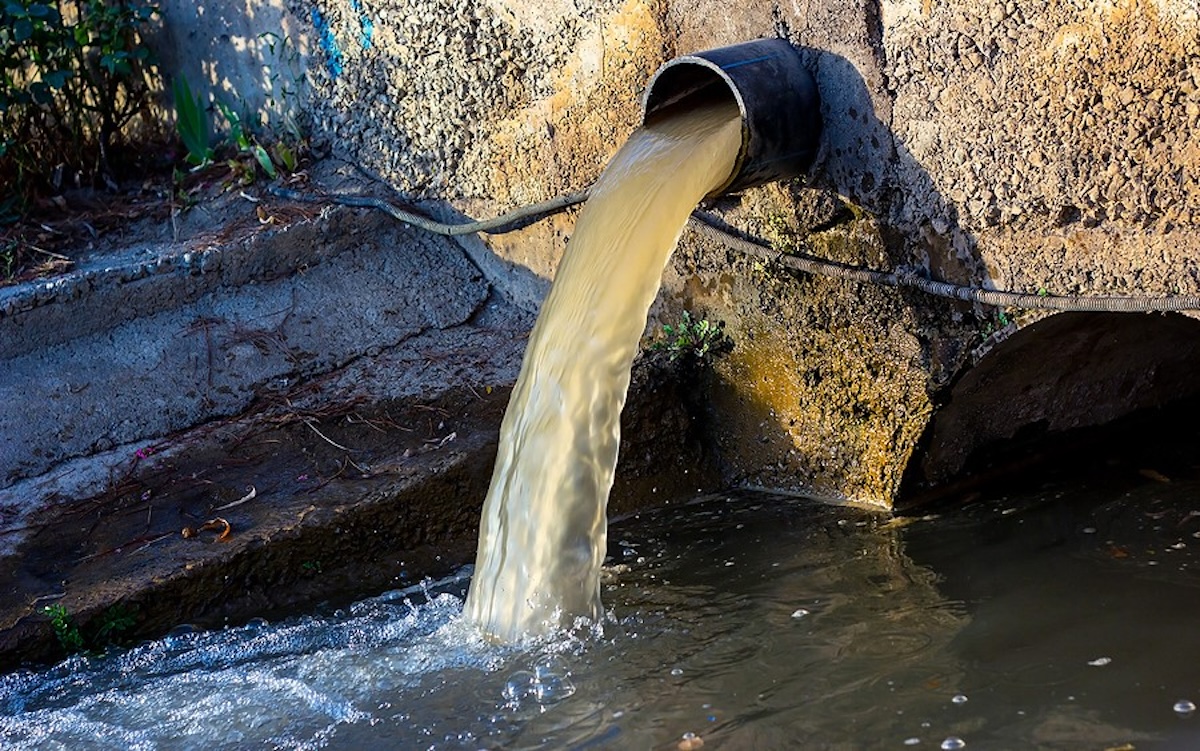One of the hottest topics of the moment in the UK where water quality is concerned is the use of storm overflows and how sewage discharges are affecting the natural environment.
Currently, only 14 per cent of rivers in England are categorised as having good ecological status, with the majority of the nation’s waterways in a poor state because of pollution sourced from farms, the water industry itself and urban centres.
In relation to the water industry specifically, pollution comes from sewer infrastructure, treatment works and combined sewer overflows (CSOs), all of which release the likes of phosphorus, ammonia, pathogens, microplastics, pharmaceuticals and so on into the water.
The environmental implications of this are significant, harming wildlife and biodiversity, blocking out sunlight and affecting oxygen levels in the water to cause eutrophication and excessive growth of certain plants, and proving directly toxic to aquatic and invertebrate life.
Furthermore, polluted water is also harmful to human health, exposing communities to pathogens like E.coli.
While we do need to have CSOs in place in order to transport sewage to treatment works and dispose of it as quickly as possible while minimising harm to public health and the environment, problems arise during periods of heavy rainfall, when the network is at risk of being overwhelmed by the sheer volume of effluent it has to deal with.
At times like this, water suppliers are permitted to make discharges of untreated sewage into rivers to prevent it from backing up into people’s homes and businesses.
This has largely been permissible in the past because during heavy rainfall events, the sewage is naturally diluted with large volumes of rainwater, while the river receiving the sewage is also likely to be swollen at high flow, diluting the effluent even more.
However, it seems that storm overflow use has been steadily increasing over the last few decades, with the water environment now starting to buckle under the pressure. Furthermore, illegal dry spills appear to be increasingly common as well, with water suppliers using these CSOs even when heavy rainfall has not been seen.
Back in March, the Environment Agency published its event duration monitoring data for 2023, revealing the duration and frequency of storm overflow spills in England… with a 54 per cent increase in the number of spills compared to 2022 and a 13 per cent increase compared to 2020.
Although some work has been done to help prevent these spills from taking place, such as implementing unlimited pollution fines for companies and ensuring that all 15,000 CSOs are fitted with monitoring equipment, the fact that incidents are still on the rise suggests that more must be done… and soon.
The Tyneside project
Utility company Northumbrian Water has just launched a £20 million project – lauded as being the first of its kind in the UK – that will see a combination of AI analytics, sensors and new technology brought in to reduce the risk of overflows, with inspiration taken from research work over in the US.
In South Bend, Indiana, this smart sewer technology was installed along a section of wastewater pipes to help reduce the number of storm overflow spills. Over a period of ten years, an 80 per cent drop in the amount of spills was seen, off the back of the use of these smart controls and other targeted investment.
Northumbrian Water plans to follow suit and use this technology to make changes to the flow and direction of wastewater so that it moves around the sewer network, thus reducing the likelihood of spills.
The new system will predict when and where heavy rainfall is going to be seen, as well as when and where the sewer networks are more likely to be overwhelmed and spill over. The flows of the network will then be automatically balanced so that the wastewater is diverted to emptier sections of the pipework.
The technology will also be able to pinpoint those areas where additional capacity is required, which will allow the supplier to make further targeted investments to build alternative rainwater storage in places where it’s needed most.
Nigel Watson, Northumbrian Water’s information services director, said: ““We are determined to be at the forefront when it comes to using clever new technology to protect our rivers and coasts as much as possible. This could be a massive step for us towards reducing how we use storm overflows.
“We know that we, like all water companies, need to do better when it comes to managing how storm overflows operate – and this, along with other innovations and projects we are working on, is set to be a huge step forward in protecting our environment, whilst continuing to protect homes and businesses from flooding.”
Sewage solutions
No doubt this pioneering Northumbrian Water project will prove inspiring to other water suppliers around the country to do similar work, but there are also lots of other potential solutions to the problem that could be enacted at the same time.
For example, existing infrastructure and landscapes could be reengineered to reduce the amount of surface water entering the network. Improving water flow management within the network would also prove beneficial, as would building extra storage tank capacity.
Sustainable urban drainage systems may also provide some of the answers, with natural processes mimicked to reduce flooding by managing rainfall close to the source and near the surface. This includes building the likes of wetlands, ponds, swales, permeable paving, soakaways and so on, with these systems storing and treating potentially damaging water.
This, in fact, is something that businesses could get behind relatively easily, making certain changes to their sites to ensure they’re more sustainable, reducing the amount of surface water runoff they contribute to the network.
If, as a business, you’d like to find out more about how you could boost your blue credentials and start operating with water management at the heart of your enterprise, get in touch with the Switch Water Suppliers team today.
Related articles:
Overflow solution reigns at Portland Bill Lighthouse







